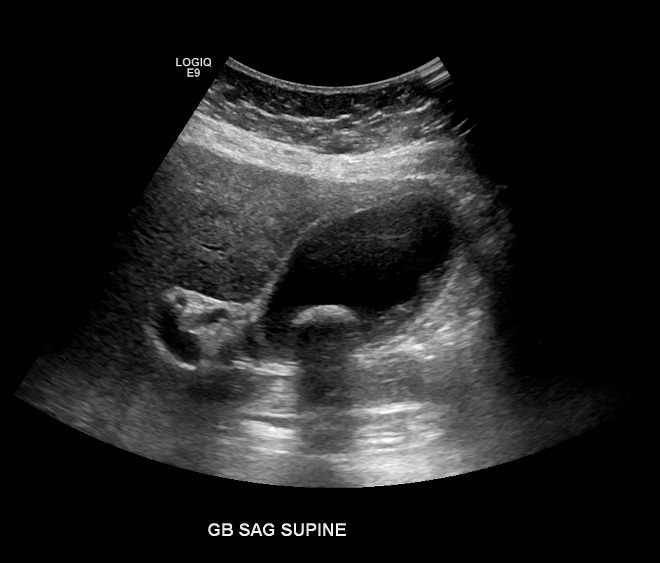
Ultrasound River Radiology
Gallstones, also called cholelithiasis, are concretions that may occur anywhere within the biliary system, most commonly within the gallbladder . Terminology Gallstones (cholelithiasis) describe stone formation at any point along the biliary tree. Specific names can be given to gallstones depending on their location:
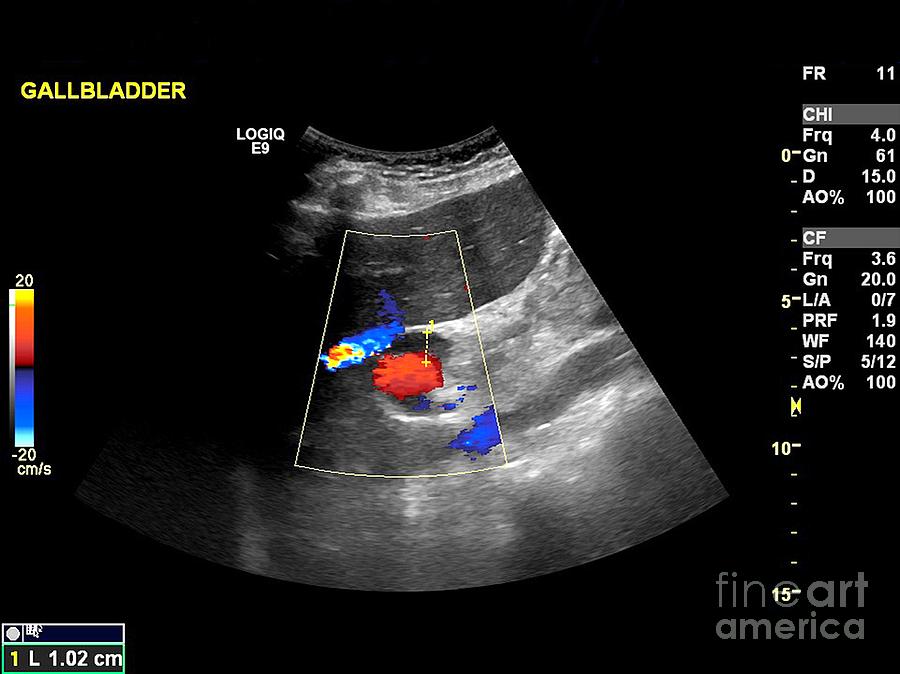
Gallstone, Ultrasound Scan Photograph by Science Photo Library Pixels
Gallstones (Cholelithiasis): Gallstones are pieces of solid material that form in your gallbladder, a small organ under your liver.. Abdominal ultrasound. This makes images of the inside of.

Gallstone, Ultrasound Scan Photograph by Science Photo Library Fine Art America
Ultrasound is the imaging modality of choice in patients with suspected gallbladder pathology. Indications include upper abdominal pain, right flank pain, jaundice and appropriate patients presenting with sepsis or septic shock.

Gallstones, ultrasound scan Stock Image M165/0227 Science Photo Library
Imaging tests that show your gallbladder. Abdominal ultrasound, endoscopic ultrasound, computerized tomography (CT) scan or magnetic resonance cholangiopancreatography (MRCP) can be used to create pictures of your gallbladder and bile ducts. These pictures may show signs of cholecystitis or stones in the bile ducts and gallbladder.
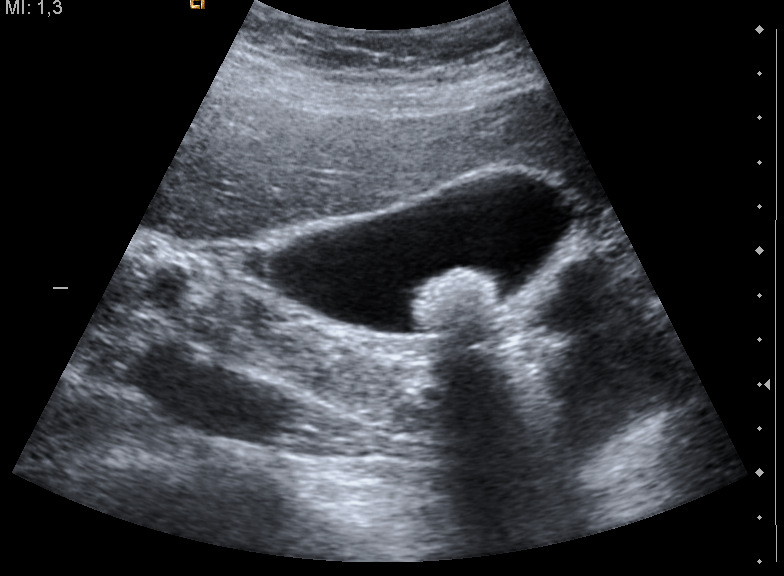
Investigations GALLSTONES
Ultrasound is the best imaging test for finding gallstones. Ultrasound uses a device called a transducer, which bounces safe, painless sound waves off your organs to create an image or picture of their structure. If you have gallstones, they will be seen in the image. Sometimes, health care professionals find silent gallstones when you don't.
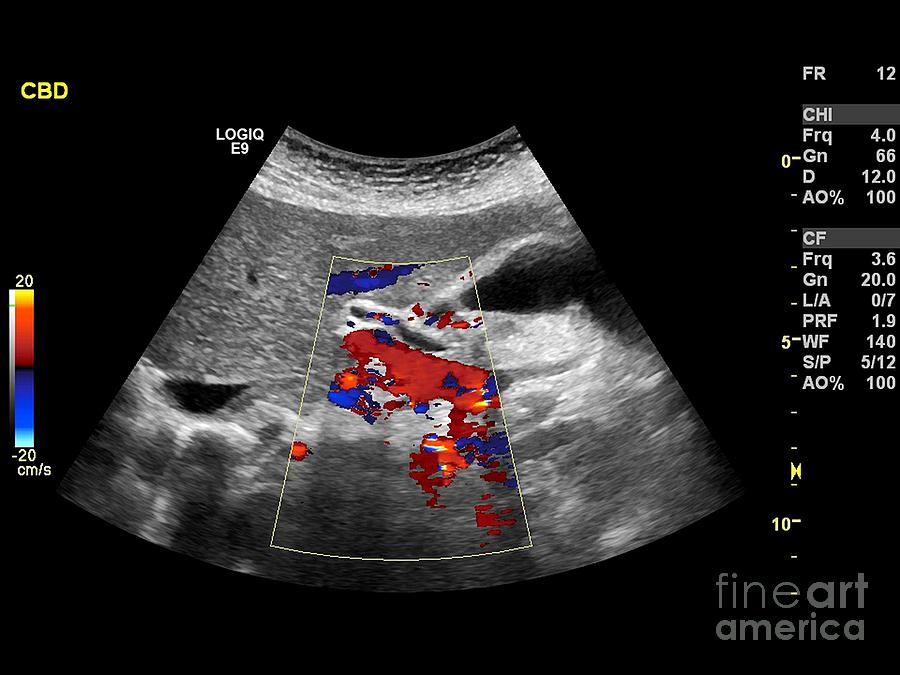
Gallstones, Ultrasound Scan Photograph by Science Photo Library
Products and services. This ultrasound shows gallstones in the gallbladder. Share. Tweet. Advertisement. Mayo Clinic does not endorse companies or products. Advertising revenue supports our not-for-profit mission. Advertising & Sponsorship. Policy.

Hennepin Ultrasound Gallstones?
Gallstones in the bile duct are sometimes seen during an ultrasound scan. If they're not visible but your tests suggest the bile duct may be affected, you may need an MRI scan or a cholangiography. MRI scan An MRI scan may be carried out to look for gallstones in the bile ducts.
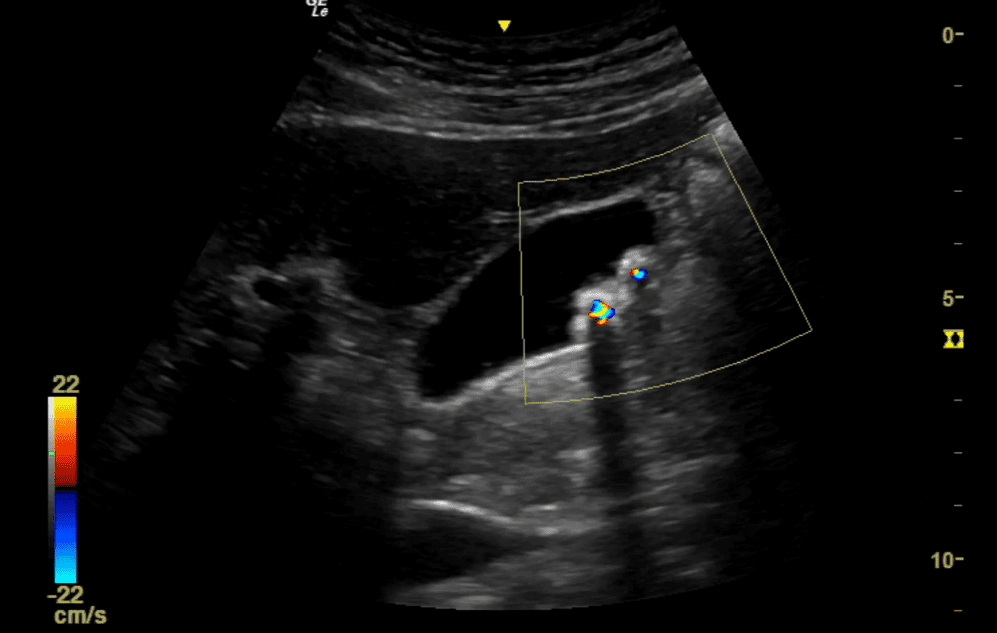
Gallbladder Ultrasound Stones
Treatment Preparing for your appointment Diagnosis Tests and procedures used to diagnose gallstones and complications of gallstones include: Abdominal ultrasound. This test is the one most commonly used to look for signs of gallstones. Abdominal ultrasound involves moving a device (transducer) back and forth across your stomach area.
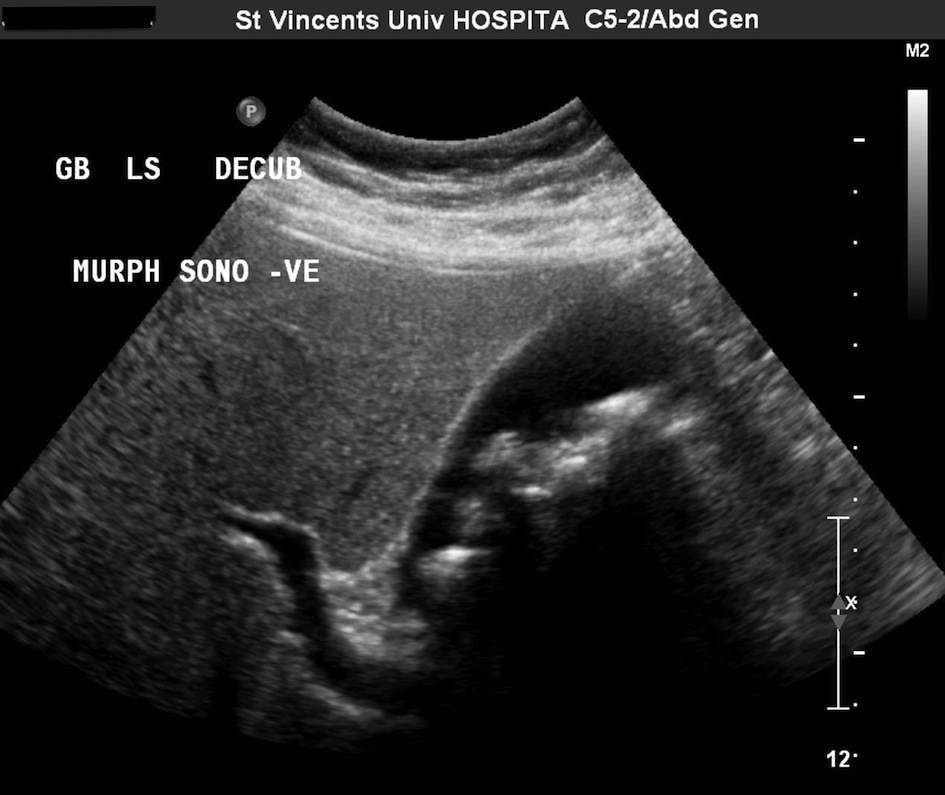
Multiple gallstones Radiology at St. Vincent's University Hospital
Ultrasound provides an optimal representation of the whole gallbladder (infundibulum, body, and bottom). A conventional transabdominal sonography image using low-frequency transducers shows a single or two layers of gallbladder wall (Fig. 2 a, b). High-resolution sonography (HRUS) using high-frequency transducers depicts three layers of gallbladder wall, including the innermost hyperechoic.

Gallstone, ultrasound scan Stock Image C018/7136 Science Photo Library
top of page How are gallstones diagnosed and evaluated? Imaging is used to provide your doctor with valuable information about gallstones, such as location, size and effect on organ function. Some types of imaging that your doctor may order include: Abdominal ultrasound: Ultrasound produces pictures of the gallbladder and bile ducts.

Gallbladder Ultrasound Scans Treatment For Gallstones (Naturally!)
Bethesda, MD 20894 HHS Vulnerability Disclosure There are several variations and etiologies of gallbladder disease. Chronic and acute cholecystitis are the two ways this condition can present. Calculous and acalculous (with or without gallstones or cholelithiasis) are also variants of this disease.
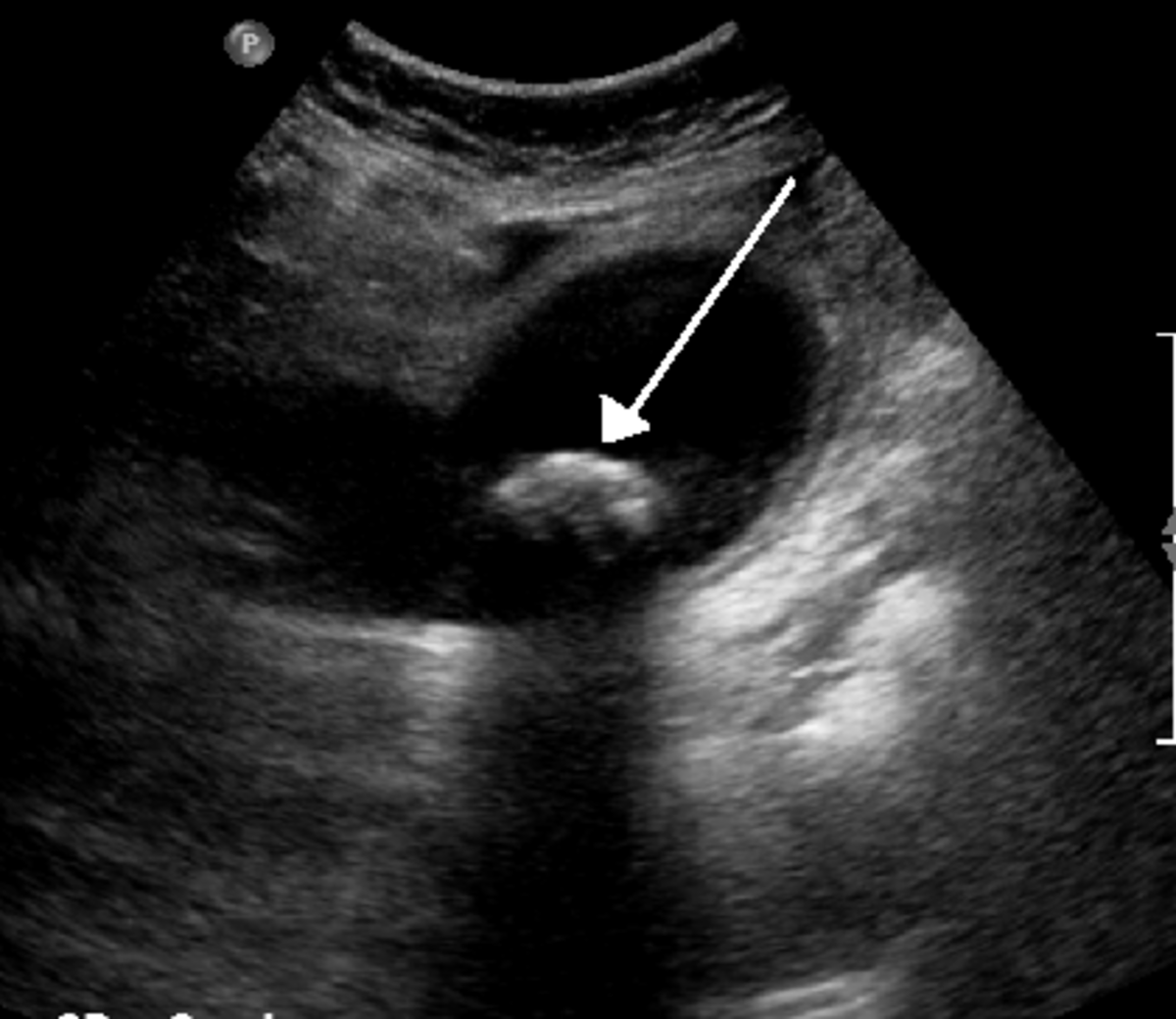
Gallbladder Problems Gallstones HubPages
1. Acute cholecystitis is one of the most common reasons for hospital admission with acute abdominal pain. 2. Approximately 90-95% of acute cholecystitis is related to gallstones, with 5-10% of cases due to acalculous disease. 3. Ultrasound is more useful than CT and MRI for the initial evaluation of acute biliary disease. 4.

Gallbladder Ultrasound Scans Treatment For Gallstones (Naturally!)
Normal findings on a gallbladder ultrasound include a thin-walled (<3 mm), anechoic, and pear-shaped structure that typically measures between 7-10 cm in length and 3-4 cm in width. The bile ducts should also appear anechoic without evidence of dilation or obstruction 7,8. Related pathology
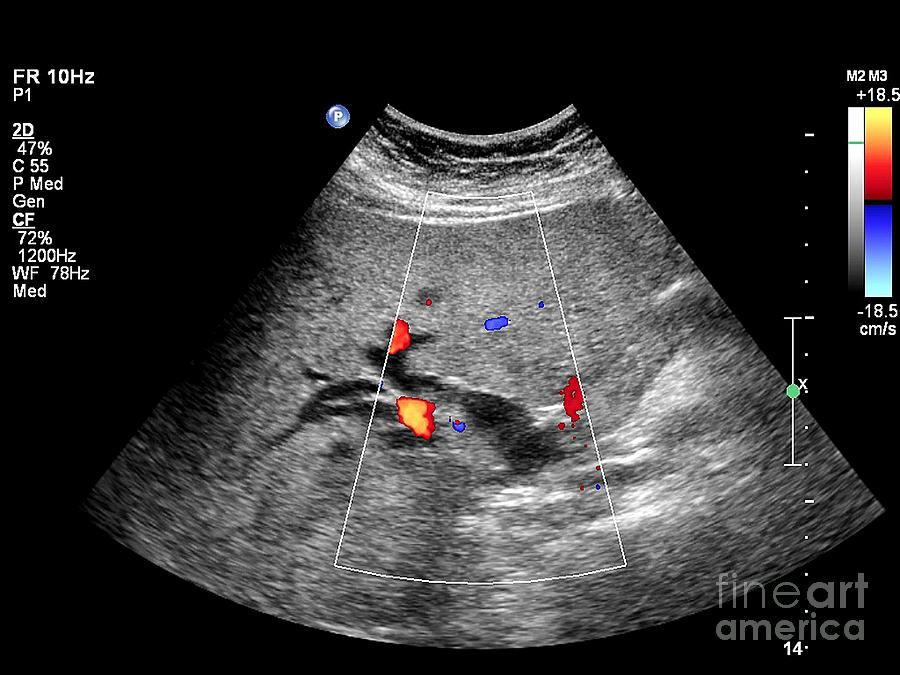
Gallstone, Doppler Ultrasound Scan Photograph by Science Photo Library Fine Art America
Ultrasound uses sound waves to produce pictures of the gallbladder and the bile ducts. It is used to identify signs of inflammation involving the gallbladder and is very good at showing gallstones.. MRCP is a type of MRI exam that makes detailed images of the liver, gallbladder, bile ducts, pancreas and pancreatic duct. It is very good at.

Ultrasound of Gallbladder Stones Yelp
Gallstones are solid rounded particles composed of a combination of cholesterol and bilirubin that form within the gallbladder and within the biliary system. The size and number of gallstones is variable with some patients forming multiple small gallstones and others forming single or few large stones.
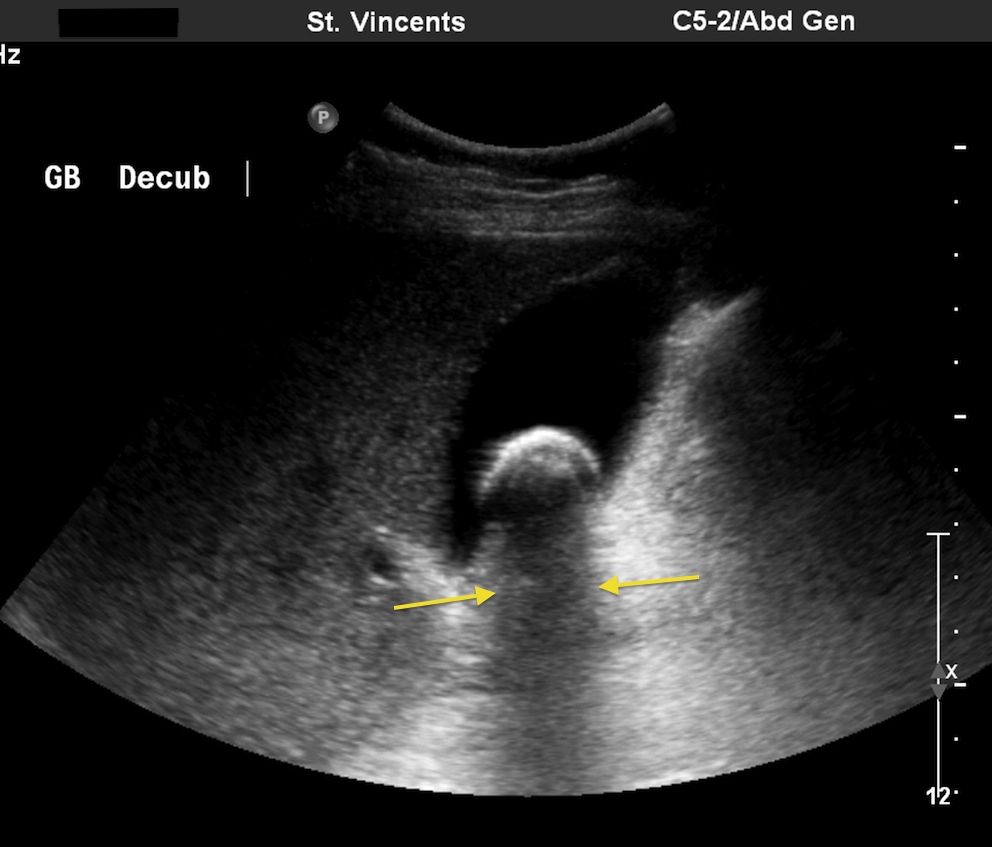
Gallstone ultrasound Radiology at St. Vincent's University Hospital
an ultrasound exam to diagnose gallstones. Other imaging tests may also be used. • Ultrasound exam. Ultrasound uses a device, called a transducer, that. will be visible in the image. Ultrasound is the most accurate method to detect gallstones. • Computerized tomography (CT) scan. A CT scan is an x ray that produces